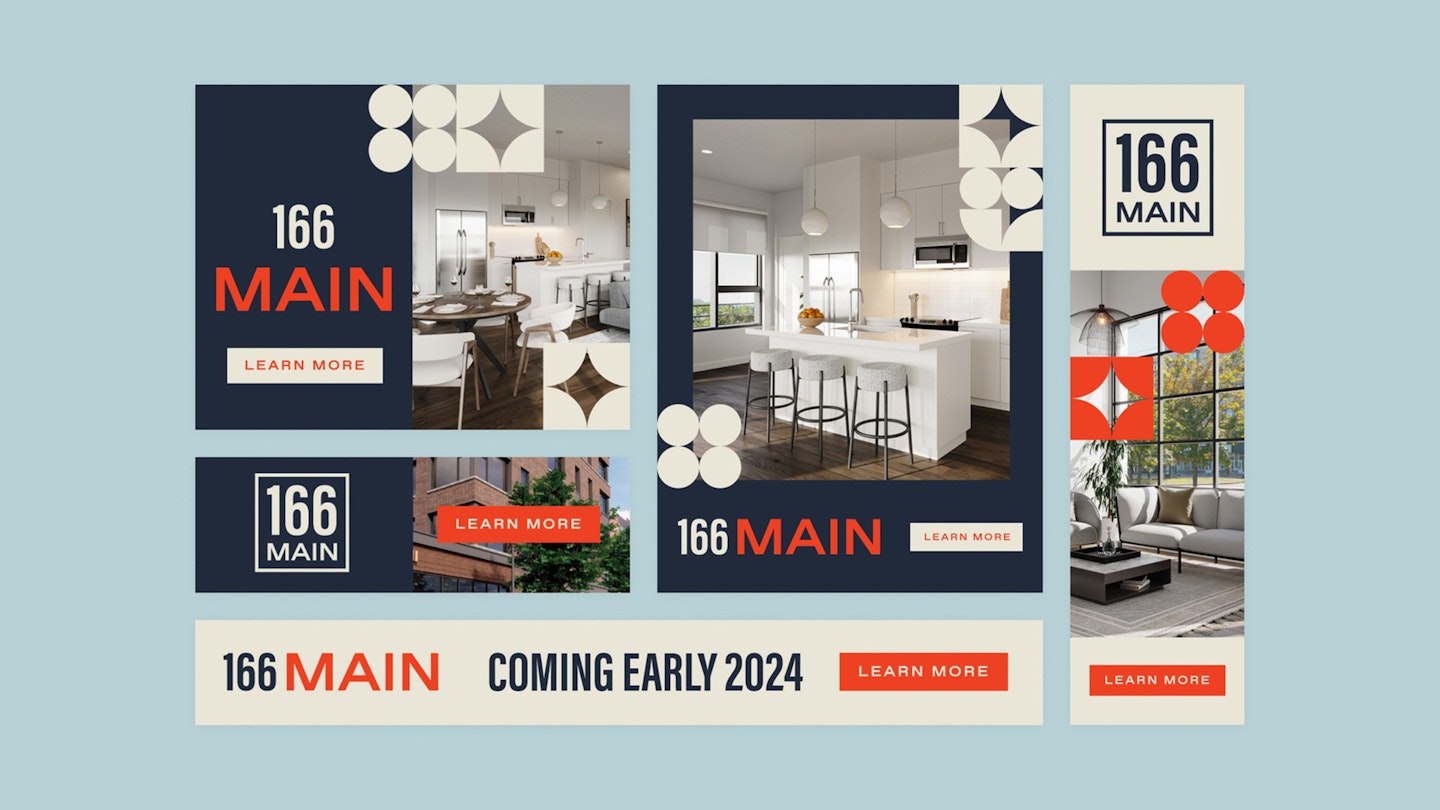
In the rapidly evolving world of real estate development, the importance of a robust go-to-market (GTM) strategy cannot be overstated.
Unlike traditional approaches that often rely on a piecemeal assembly of marketing tactics, a comprehensive GTM strategy is akin to constructing a meticulously planned layer cake.
It encompasses everything from building a resonant brand and crafting core messaging to deploying a strategic marketing and leasing blueprint aimed at mitigating risks, outpacing competition, and driving revenue.
This holistic approach is vital for navigating the complex landscape of multifamily (and condo) development projects, ensuring they not only reach but resonate with the intended audience and, ultimately, succeed in a crowded market.
At the heart of every effective GTM strategy lies a compelling brand narrative. This narrative should weave together the essence of the project, the unique aspects of its location, and the vibrant stories of the community it aims to serve.
A strong brand does more than just distinguish a property in the marketplace; it connects on a personal level with potential renters or buyers, evoking a sense of belonging and lifestyle aspiration that mere amenities cannot match.
It's about experience and less about the mark on a building.
Whether it's the allure of adventure for outdoor enthusiasts in Denver or the promise of a culturally rich urban lifestyle in Boston, the brand must articulate a clear and enticing value proposition that is distinct from its competitors.
And then, the brand experience at the property itself must embody that positioning it promised all along.
Once a solid brand foundation is established, a strong GTM strategy shifts focus to generating awareness and demand.
This phase of the GTM strategy employs a variety of tactics to ignite interest and attract prospects. From innovative on-site activations to targeted digital advertising, the objective is to build momentum and create a buzz around the new development.
The efficacy of these efforts hinges on creative excellence and strategic alignment with the core brand message, ensuring that each touchpoint with target audiences reinforces the unique value proposition of the property.
It's not uncommon to see the "demand" phase of a lease-up entirely ignored! Be aware that driving demand is paramount in your GTM strategy.
The culmination of a successful GTM strategy is the conversion of interest into action—securing leases or sales.
I make a note of "sales" here because having a leasing team that understands selling is a critical component of a team's ultimate success rate.
This stage requires seamless integration of marketing efforts with a proficient leasing team adept at guiding potential customers through the decision-making process (i.e. the sales process).
Far from being an afterthought, this phase is crucial for translating brand promises and transitioning demand into tangible outcomes.
A well-orchestrated leasing process, underpinned by a deep understanding of the target audience's desires and concerns, not only accelerates conversions but also fosters long-term resident satisfaction.
As marketing leaders, focus on building a leasing team around an understanding of sales, empathy for the renter, and a strong sense of accountability.
A multifamily go-to-market strategy is far more than a collection of marketing tactics. It is a customized layer cake that encompasses brand building, demand generation, and a strategic leasing approach.
This triple threat ensures that a property is not just seen but deeply resonates with its intended audience, standing out in a competitive landscape.
For developers and property marketers alike, the adoption of a thoughtful GTM strategy is not a mere option but a necessity in today's market.
It is and will be your blueprint for success, taking you from the ideas stage all the way through stabilization.
As the industry evolves, those who embrace this approach will find themselves not just participating but leading in the creation of vibrant, desirable living spaces that captivate and inspire.
These will be the leaders – and the properties – that will continue to move their markets.

Discover why boutique multifamily buildings outperform their larger competitors by focusing on curated experiences, intentional design, and emotionally resonant branding.

Discover how data-driven branding strategies can accelerate leasing, boost NOI, and turn your multifamily property's identity into a measurable performance asset.

Your brand’s reputation is built—or broken—at the leasing desk. Are you ready to unify leasing and marketing to protect it?

Remember when we all DIY dip-dyed our hair in Kool-aide and learned just because you can do it yourself doesn't mean you should? This week we're digging into the hidden costs of DIY'd branding.
A simple read in under 5 minutes, delivered to your inbox Saturday mornings.
A simple read in under 5 minutes, delivered to your inbox Saturday mornings.